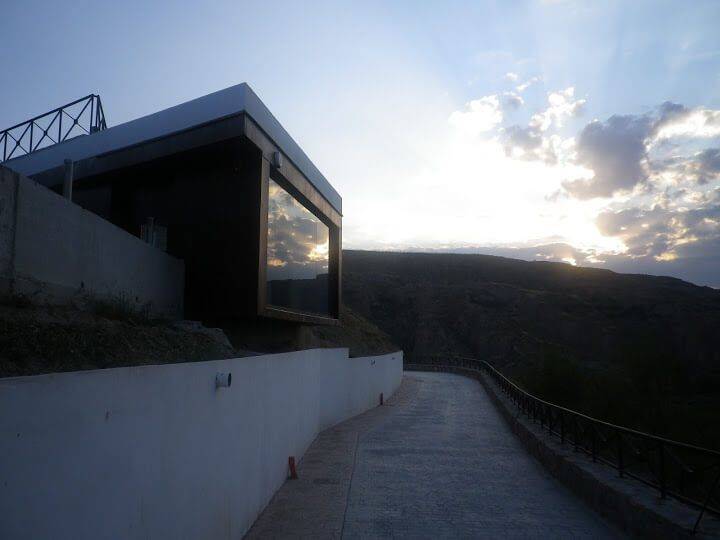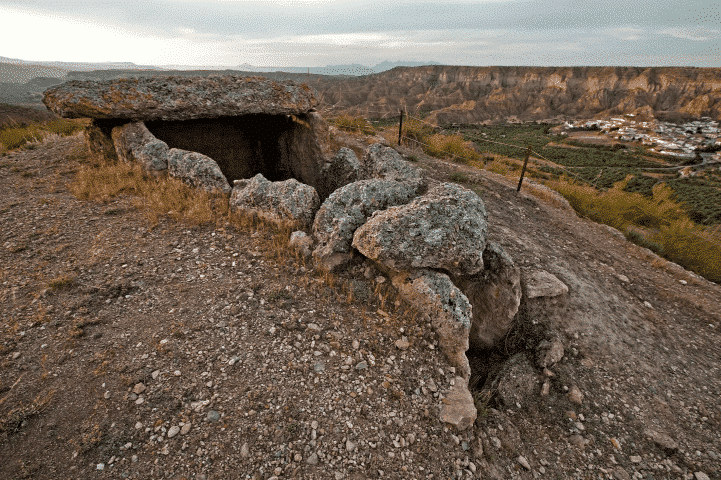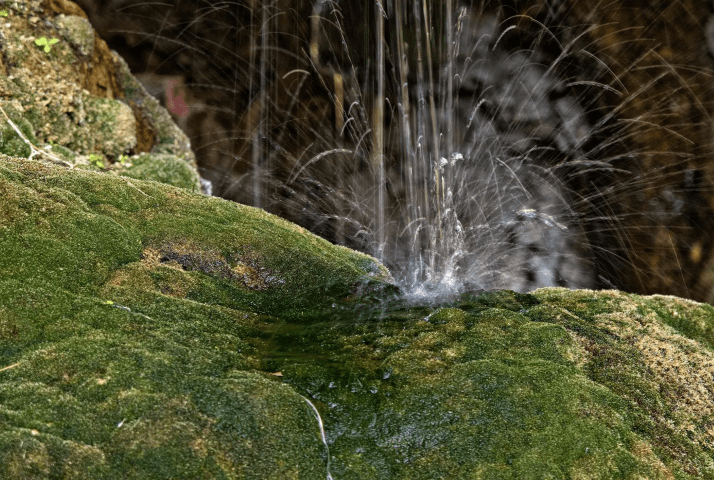POINTS OF INTEREST
Gorafe Tourism
Interpretation Center of Megalithic
Last generation multimedia center located in the basement behind the church, with guided tour of one hour, in which we are explained how the Neolithic men and women built and lived in dolmens. Hours: 12:00 y 17:00 Price 3€ Recommended visit
Distance from Cuevas el Torriblanco
Gorafe desert The “Coloraos”
Guided route of 25 km in 4×4 and an approximate duration of 4 to 5 hours in the geopark of the quaternary valleys of the north of Granada. This desert is unique for its impressive landscape and geological beauty, full of colors, gullies, fairy chimneys and deep ravines, it is ideal to get the best photos and enjoy the silence. We recommend doing it first thing in the morning.
Distance from Cuevas el Torriblanco
Gorafe Glass House
A house built with glass in the desert, with stunning views. A pioneering project’s slope challenging nature. It uses architectural solutions to demonstrate the glass benefits. GO TO THE WEB >>
Distance from Cuevas el Torriblanco
Ornithology
The area where the caves are located is one of the best places in Andalusia, where you can observe steppe birds and, to a lesser extent, rupicolous and riverside birds. MORE INFO >>
Distance from Cuevas el Torriblanco
Quaternary Geopark of the North Valleys of Granada
We could say that the Geopark of the Quaternary is a vast territory. It has more than 1.400 square kilometers of extension, whose geological, topographical, landscape, paleontological, patrimonial and cultural values are common. They are delimited by the rivers Fardes and minor Guadiana. Ancient rivers without exit to the sea formed 5.3 million years ago an extensive lake known as Thetis.
Distance from Cuevas el Torriblanco
Swamp del Negratín
The most recent rivers, such as the Gor River, where the village of Gorafe is located in the center of the Geopark, have modeled this landscape in a constant way, during the last half million years, forming a singular territory characterized by its aridity, in which impressive gullies are present. The exposed rocks in the fluvial valleys of the Quaternary Geopark tell the story of the geological evolution, of ancient Mesozoic seas and life during the Quaternary.




























